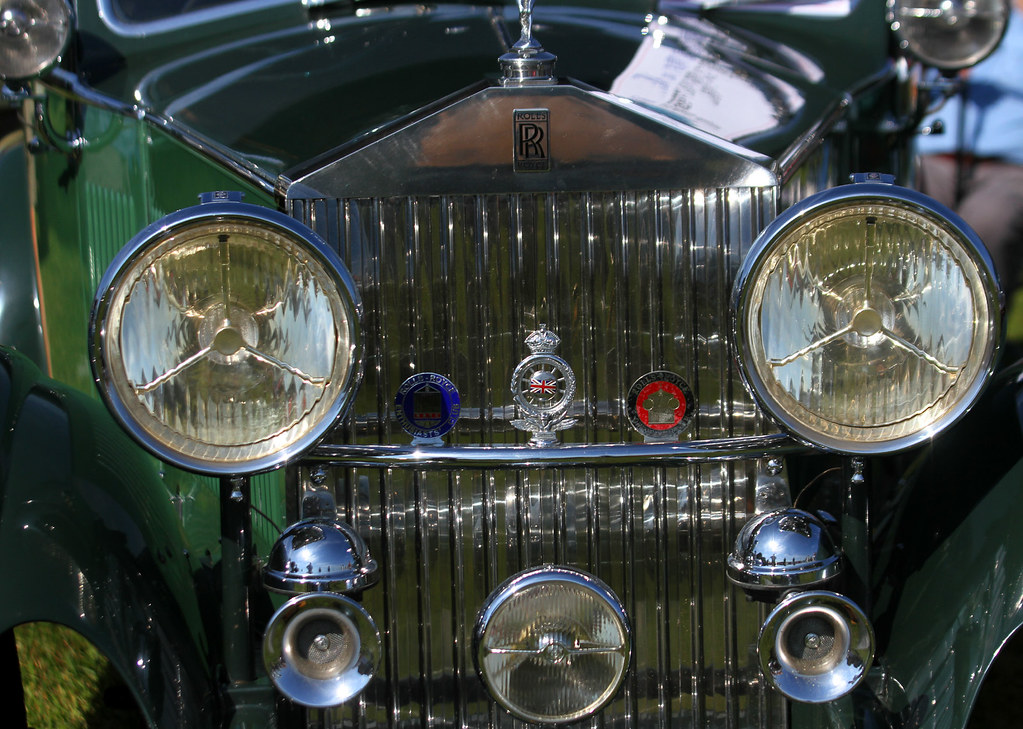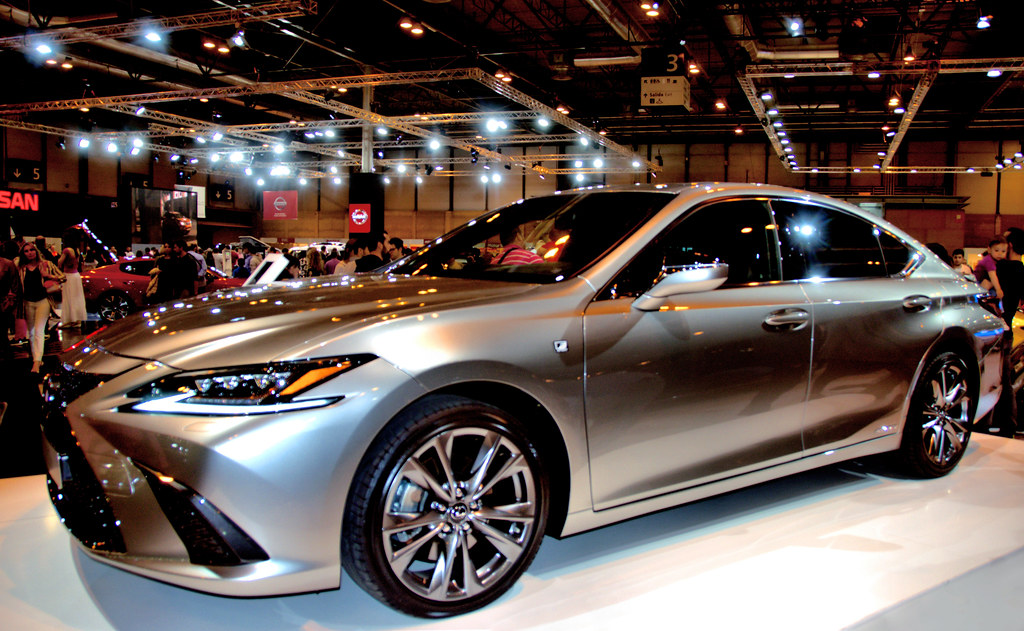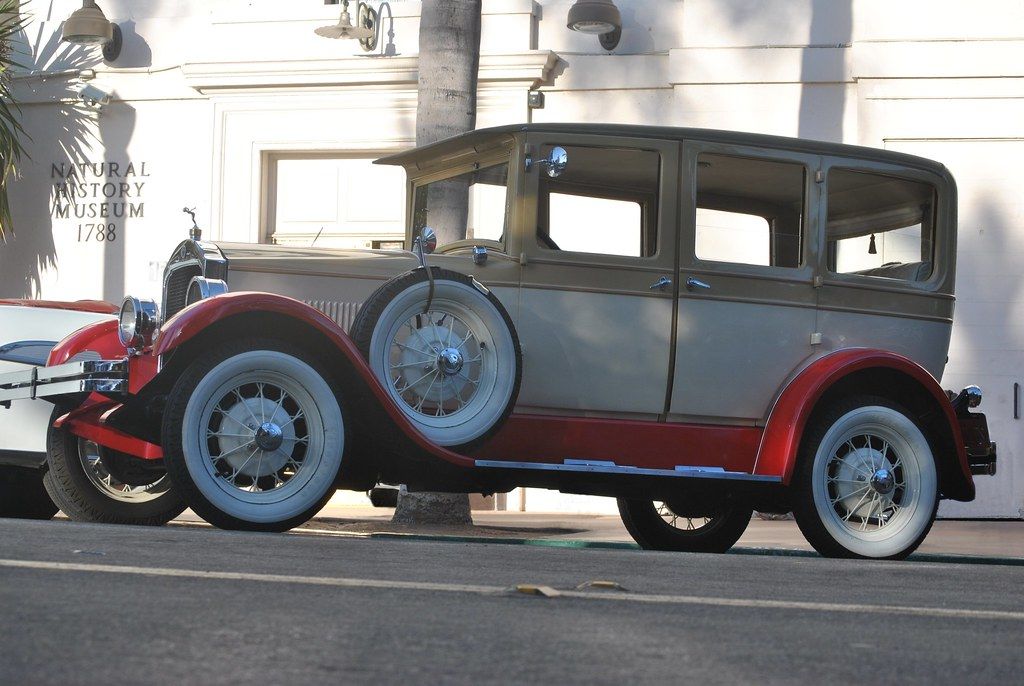
When we look back on the moments that truly define our favorite movies and TV shows, it’s often more than just the captivating performances or the intricate plot twists that come to mind. Sometimes, the most indelible memories are etched by the silent, four-wheeled co-stars that roared, glided, or even time-traveled across our screens. These aren’t just props; they are often as vital to the narrative as any character, pushing the plot forward, setting the scene, or simply making an unforgettable visual statement.
From the sleek bulletproof gadgets of a secret agent to the battered but beloved vehicle of a quirky scientist, these cars capture our imaginations and become symbols of the stories they help tell. Who can forget the thrill of seeing the Batmobile in action, or the sheer coolness of the DeLorean as it hit 88 mph? The enduring legacy of these cinematic vehicles gives us a rich tapestry of nostalgia to explore.
But what happens when the cameras stop rolling and the final credits fade? Do these automotive legends simply disappear? Far from it. The post-filming tales of these vehicles are often just as captivating as the movie plots themselves. Join us as we rev up our engines and take a deep dive into where some of the original, most famous cars from movies and TV shows are today, uncovering their surprising journeys from the spotlight to museums, private collections, and sometimes, even beyond.
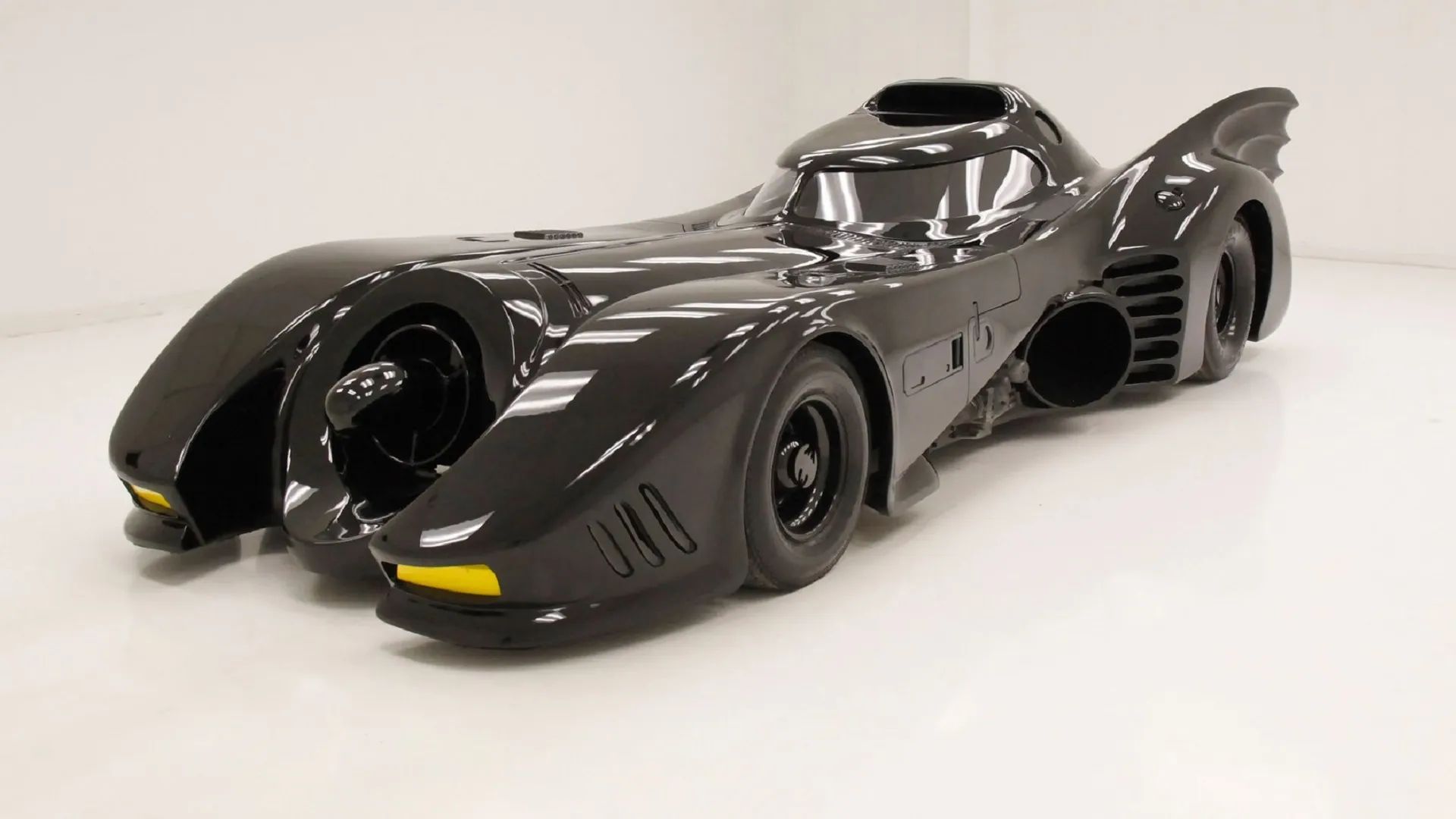
1. **The Batmobile (Various Iterations)**: The Batmobile stands as an undisputed champion among iconic TV and movie cars, easily topping the list in the superhero genre. This crime-fighting machine has seen numerous transformations over the decades, evolving from the charmingly quirky vehicle of the 1960s television series to the formidable, beastly designs piloted by modern cinematic Caped Crusaders like Ben Affleck and Robert Pattinson. Each version reflects the era’s interpretation of Gotham’s dark knight.
While debating the “best” Batmobile is a fan pastime, the supercharged cruiser featured in 1989’s “Batman” and 1992’s “Batman Returns” has certainly achieved legendary status. This iconic design even stormed back onto the big screen in 2023’s “The Flash,” where the Mercedes-Benz concept car and Michael Keaton’s return as Batman proved to be a highlight. For those eager to witness this piece of cinematic history, one of the Batmobiles from the 1989 film is housed at the Peterson Automotive Museum in Los Angeles. Another from the same movie can be found at the Hollywood Cars Museum in Las Vegas, while a version from the 1992 sequel is displayed at the Hollywood Star Cars Museum in Gatlinburg.
The original 1966 Batmobile, a custom-built marvel based on a 1955 Lincoln Futura concept car, holds a unique and special place in the hearts of Batfans worldwide. This distinct vehicle resided for many years at Gatlinburg’s Guinness World Records Museum before finding its new home at the Hollywood Star Cars Museum, allowing new generations to marvel at its classic design. Even the tank-like Tumbler from Christopher Nolan’s acclaimed Dark Knight trilogy has a continuing, albeit more elusive, story; it’s rumored to be gathering dust outside a warehouse in Dubai, though thankfully, it reportedly still gets taken out for an occasional spin, keeping its legend alive.
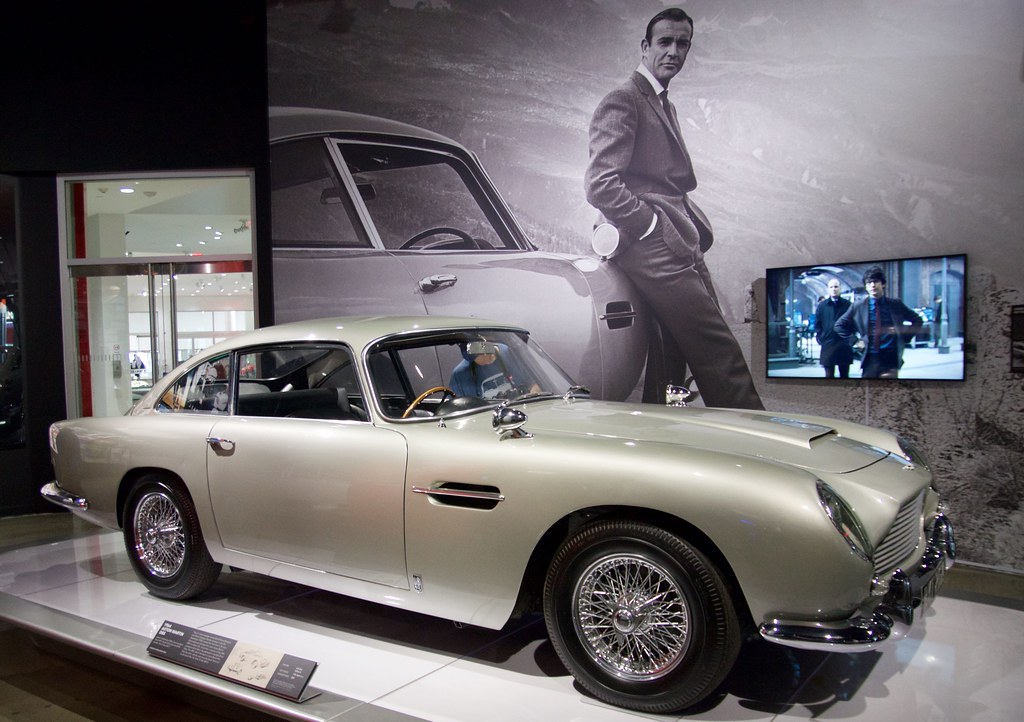
2. **The Aston Martin DB5 from James Bond**: Often hailed as arguably the most iconic movie car of all time, the sleek 1963 Aston Martin DB5 made its unforgettable James Bond debut in 1964’s “Goldfinger.” This dynamic appearance was swiftly followed by another starring role in 1965’s “Thunderball.” Driven by the late, great Sir Sean Connery, this silver DB5 was not just a beautiful car; it was a marvel of espionage engineering, equipped with a dazzling array of spy-assisting gadgets and features, including a bulletproof shield and the ever-popular ejector seat, captivating audiences globally.
Since its cinematic glory, this particular car has led an incredibly eventful history. After its stint in “Thunderball,” it was acquired by collector Gavin Keyzar, who later sold it to Utah jeweler Richard Losee. Losee kept the prized vehicle for 15 years before selling the silver sports car at a Sotheby’s New York auction in 1986. The winning bid came from car collector Anthony V. Pugliese III, who ensured the DB5 remained in the public eye by featuring it at car shows and various Bond events across the United States, cementing its legendary status.
However, in 1997, James Bond’s most famous ride mysteriously vanished from a secure hangar at Boca Raton Airport in Florida, sparking a decades-long mystery. Intriguingly, rumors recently circulated that the car may have resurfaced somewhere in the Middle East. Christopher Marinello, chief executive of Art Recovery International, was quoted in The Telegraph stating, “There are major automobile collectors in those countries and I have intelligence that the car could be in one of them and may have even travelled between them.” Unfortunately, despite these leads, the mystery remains unresolved, and the Art Recovery International website continues to offer a reward for any information leading to the recovery of this much-loved espionage vehicle, a testament to its enduring allure and significant estimated value, exceeding $25 million today.
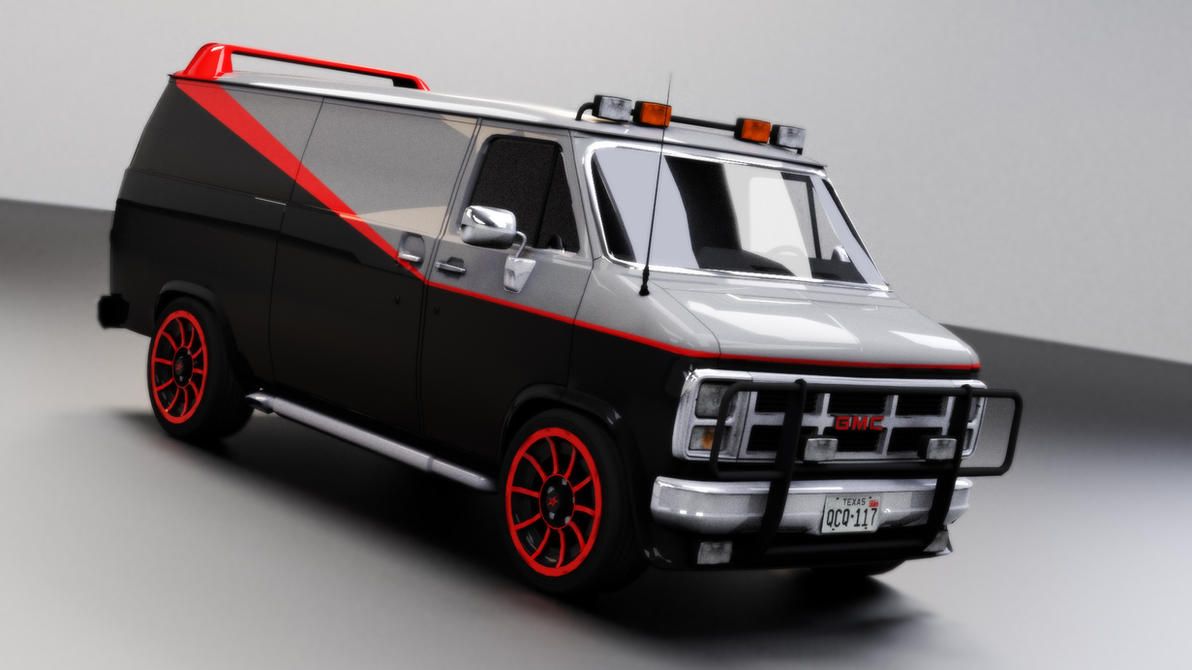
3. **The A-Team Van**: Anyone who lived through the vibrant years between 1983 and 1987 will undoubtedly harbor fond memories of the distinctive A-Team van, and the unforgettable, ragtag band of mercenaries who drove it. This iconic vehicle was home to the cigar-loving, plan-making leader John “Hannibal” Smith, alongside his trusted associates Templeton “Faceman” Peck, “Howling Mad” Murdock, and the mohawked, perpetually grumpy B.A. Baracus. Their adventures unfolded with the unmistakable presence of this black and metallic-gray rolling fortress.
The A-Team’s chosen mode of transport was a modified 1983 GMC Vandura, easily recognizable by its bold, distinctive red stripe. The van was further customized with mounted fog lights on both its roof and grill, a sturdy front bull bar, and a sleek red rear spoiler, giving it an aggressive yet stylish look. This legendary design was the brainchild of George Barris, a celebrated car customizer responsible for many iconic vehicles in TV and movie history, including the unforgettable 1966 Batmobile, showcasing his profound influence on pop culture automotive design.
Pinning down the exact whereabouts of all six A-Team vans used throughout the show’s five seasons proves to be a challenge, given the demands of television production. However, fans of the series can rejoice in knowing that at least one of these legendary vehicles is proudly on display at the Orlando Auto Museum at Dezerland Park. Furthermore, a stunt van, which surely saw its fair share of action, resides at the Hollywood Cars Museum in Las Vegas. As B.A. Baracus might say, “I pity the fool” who doesn’t make the effort to go see these magnificent pieces of television history.
Read more about: The Cars That Became Stars: 12 Iconic Vehicles from 70s & 80s TV & Film
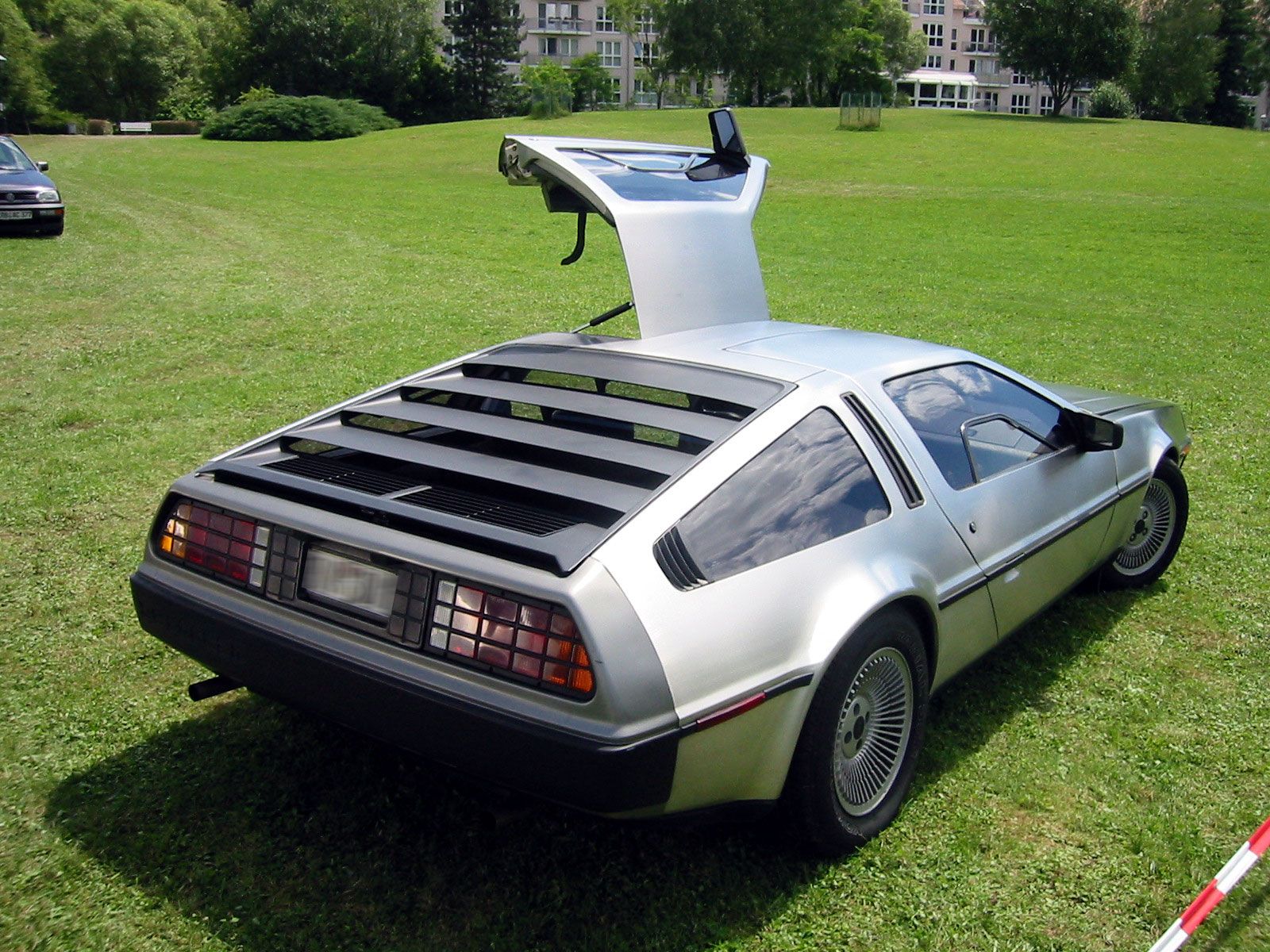
4. **The DeLorean from Back to the Future**: The time machine from the beloved “Back to the Future” trilogy nearly had a vastly different, and arguably less cool, design; it was initially envisioned as a fridge. However, a twist of real-world events, specifically John DeLorean’s arrest and subsequent charge for drug trafficking in 1982, inspired scriptwriters Robert Zemeckis and Bob Gale to a stroke of comedic genius. They decided it would be hilariously ironic to change the movie’s time-travel device to a DeLorean, a decision that proved to be truly timeless.
It’s highly unlikely that even the ingenious “Doc” Brown could have engineered a fridge to travel at the crucial 88 mph, so with the benefit of hindsight, this pivot was a stroke of fantastic inspiration. Of the six DeLoreans utilized throughout the iconic film series, the specific car that garnered the most screen time is the only one currently available for public viewing in the US. This hero car has been a cherished exhibit at the Peterson Automotive Museum in Los Angeles since 2016, meticulously restored to its screen-accurate splendor in 2020, much to the delight of devoted fans.
The other five DeLoreans, along with an extra fiberglass model used as the flying DeLorean in the original movie’s final scene, all met with various different fates after production. However, Gatlinburg’s Hollywood Star Cars Museum proudly claims to have a DeLorean on display, stating it was indeed driven by Michael J. Fox. The museum reinforces its commitment to authenticity on its website’s FAQ section, declaring that “the cars are all the genuine vehicles from movies and TV shows!” This adds another layer of intrigue to the whereabouts of these legendary time-traveling machines.
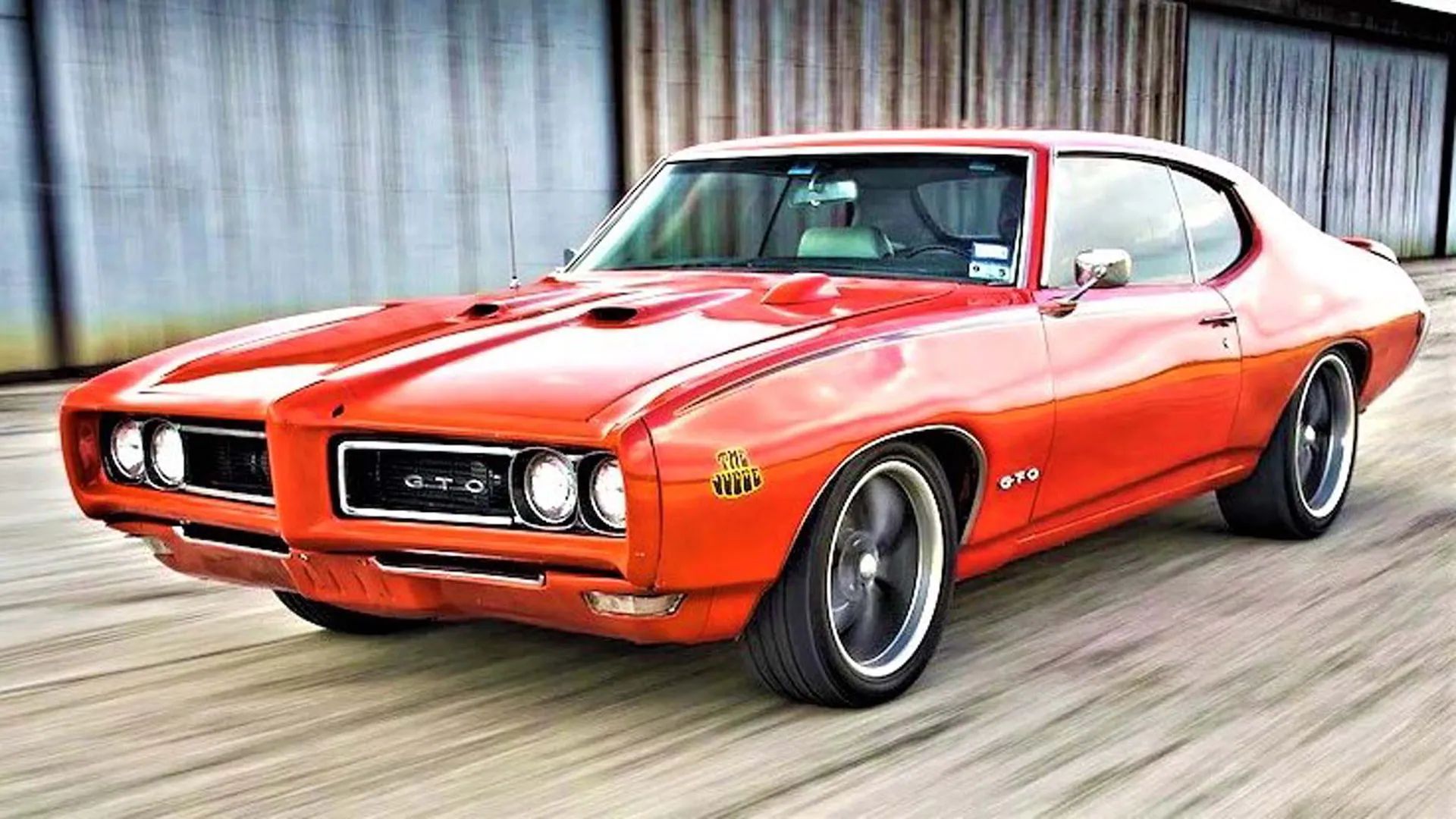
5. **The Pontiac Trans Am from Smokey and the Bandit**: The legend goes that Burt Reynolds, while casually browsing through a magazine, stumbled upon an advertisement for a Pontiac Trans Am and instantly knew it was the perfect vehicle for his upcoming movie, “Smokey and the Bandit.” His intuition proved remarkably accurate, as the film went on to become the second-highest-grossing movie of 1977, surpassed only by “Star Wars,” and the Firebird, specifically the Trans Am, was catapulted into the annals of cinematic history as one of the silver screen’s most memorable muscle cars. This choice undoubtedly contributed to its “flying off the showroom floor like hot cakes” phenomenon.
The cars used extensively in the movie were modified 1976 models, specially prepared for the demanding stunts. Unfortunately, the high-octane action took its toll; all four Trans Ams, including the primary prop car, were totaled during the rigorous filming process, a fate that comes as no surprise to anyone who has witnessed the film’s incredible car chases and jumps. This high attrition rate made finding surviving originals a challenge.
However, a glimmer of hope emerged for fans of the iconic black and gold car. According to Bandit Movie Cars, a promotional car that had been used for the movie was miraculously discovered, meticulously refurbished, and subsequently sold at the Barrett Jackson Scottsdale Auction for a world record-breaking $530,000. This car was lovingly restored by Burt Reynolds’ personal friend, Gene Kennedy, with Reynolds himself attending the momentous sale. This event led to the founding of Bandit Movie Cars, a company that has since recreated other iconic vehicles from Burt Reynolds’ filmography, including those from “Cannonball Run” and “Hooper.” BMC also undertook a ground-up restoration on the only remaining Trans Am titled to Reynolds, which has since been seen at various events, such as the Houston Autorama show, ensuring its legacy continues. The Hollywood Star Cars Museum in Vegas also claims to have a genuine 1977 Pontiac Trans Am from the movie, though its specific connection to “Smokey and the Bandit” isn’t explicitly highlighted on its website.
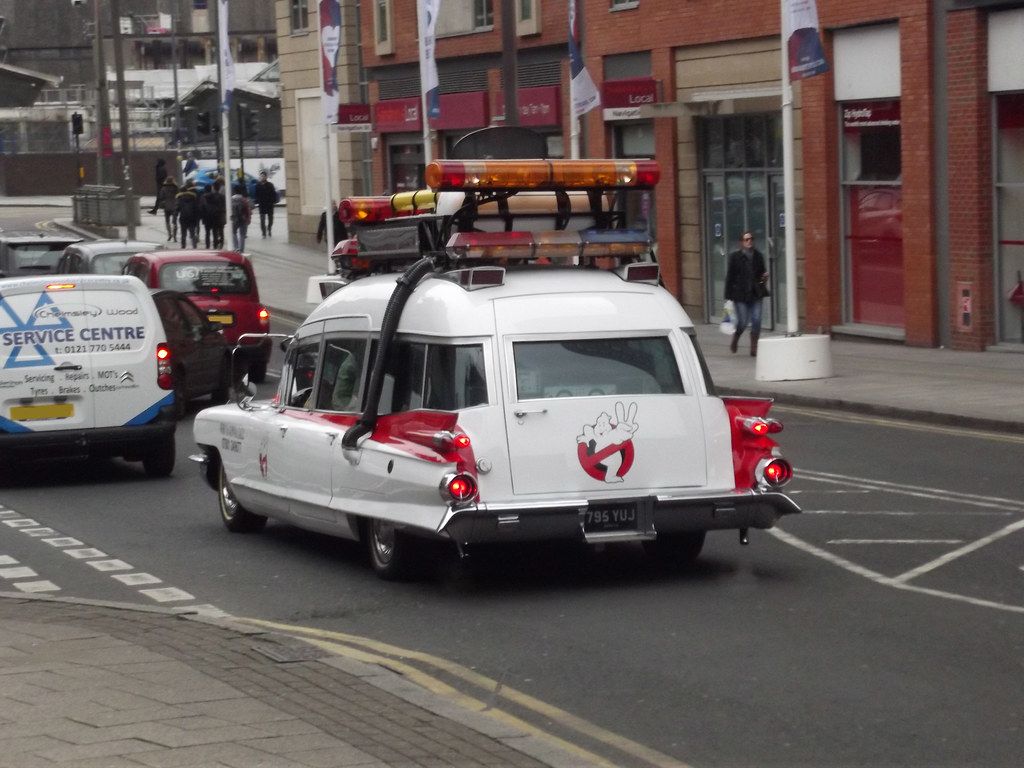
6. **The Ecto-1 from Ghostbusters**: The instantly recognizable 1959 Cadillac Miller-Meteor from the beloved “Ghostbusters” franchise is affectionately known to fans as the Ecto-1. This unique vehicle, an ambulance conversion, served as the perfect, if somewhat dilapidated, transport for New York’s paranormal exterminators. After falling into a state of considerable disrepair over the years, the original Ecto-1 underwent a comprehensive restoration by Sony, bringing it back to its spectral glory. It was then proudly put on display outside its Ghost Corps building, serving as a prominent promotion for the 2021 sequel, “Ghostbusters: Afterlife.”
In addition to the meticulously restored original, the Hollywood Star Car Museum in Gatlinburg also claims to have an original Ecto-1 from the initial 1984 movie on display, allowing more fans to get up close to this cinematic legend. The production of the films necessitated the use of multiple vehicles. During the filming of “Ghostbusters 2,” a significant event occurred: the primary Ecto-1 broke down. Consequently, a second Miller-Meteor, which had served as a prop car in the original movie, was pressed into service and became the primary vehicle for the sequel, earning the moniker Ecto-1A.
Unfortunately, the Ecto-1A also succumbed to a state of disrepair following the release of “Ghostbusters 2” and was never restored, primarily due to the considerable funds already spent on the original Ecto-1’s restoration. However, in a strange twist of fate, its aging and dilapidated condition proved to be ideal for its return in the 2021 sequel, “Ghostbusters: Afterlife,” where it fittingly appeared as a rundown version of the Ecto-1, playing a poignant role. Its restoration process for “Afterlife” was so extensive that it actually cost more than the original production of the vehicle back in 1984, highlighting the dedication to preserving its iconic status, and it now resides at the Sony Pictures lot in California.

7. **KITT from Knight Rider**: The 1982 Pontiac Firebird Trans Am from the iconic TV series “Knight Rider” holds a truly unique distinction among the vehicles on this list. Unlike many other cars that played supporting roles, KITT, short for Knight Industries Two Thousand, was undeniably a star of the show, sharing top billing with David Hasselhoff’s character, Michael Knight. Voiced by the distinctive William Daniels, KITT was no ordinary car; it was an artificially intelligent, talking vehicle capable of driving itself. Its advanced intelligence was crucial in helping Knight solve a myriad of crimes, making it a beloved technological marvel.
The stunning Firebird Trans Am that brought KITT to life was not, in fact, a single vehicle. Depending on the source, it’s estimated that up to 25 cars were utilized throughout the series’ four seasons to fulfill the demanding needs of production. These vehicles were put through rigorous paces, enduring countless stunts and high-speed sequences. Sadly, many were damaged or destroyed during filming, with only five believed to have survived the ordeal, a testament to the harsh realities of television production.
These five surviving KITTs have gone on to enjoy varied retirements, finding homes in various museums and theme parks, including Universal Studios and the Peterson Automotive Museum, where fans can marvel at their enduring legacy. Two of these precious five are owned by the dedicated Knight Rider Historians, Joe Huth and AJ Palmgren, who are deeply committed to the preservation of artifacts from the series. They have even managed to track down the show’s F.L.A.G. Mobile Unit, the mobile headquarters comprising a GMC General semi and KITT’s garage trailer. Additionally, the KITT Super Pursuit Mode, a faster and more aerodynamic transformation the car could achieve, is proudly displayed at the Hollywood Cars Museum in Las Vegas, offering a glimpse into its advanced capabilities.
Read more about: 10 Legendary Muscle Cars That Absolutely Deserve a Jaw-Dropping Modern Redesign
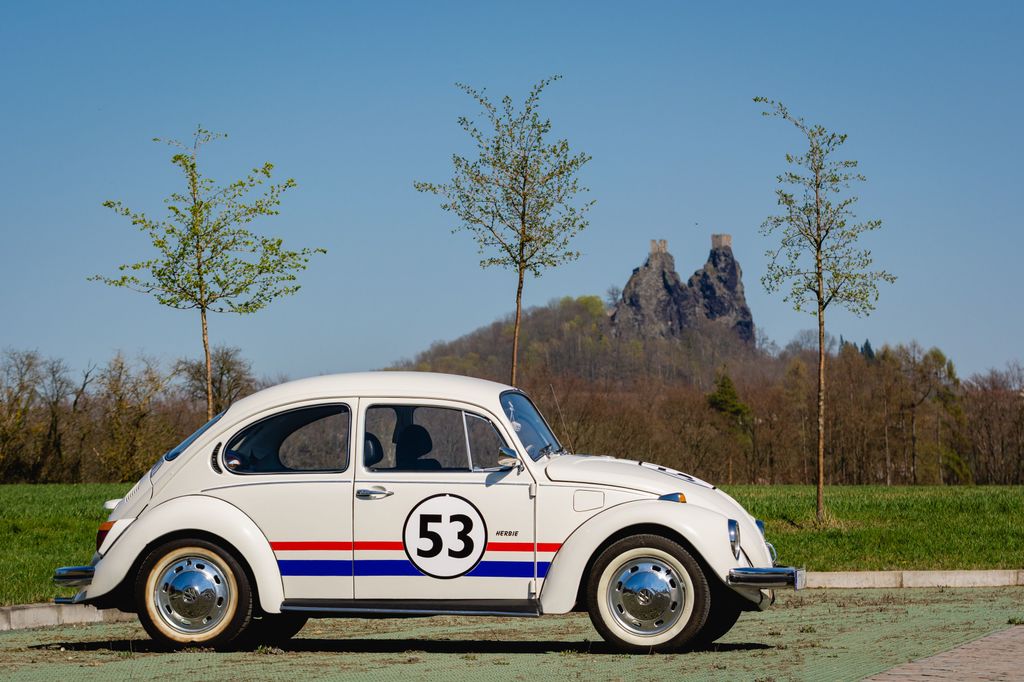
8. **Herbie: The Love Bug Volkswagen Beetle**: The sentient 1963 Volkswagen Beetle with its iconic racing stripes, affectionately known as Herbie the Love Bug, captured the hearts of audiences across several Disney films. This delightful car possessed a mind of its own, embarking on numerous adventures that blended humor, charm, and a surprising amount of heart. The appeal of a car that could think, feel, and even fall in love proved to be an irresistible cinematic formula.
Many Herbies were created for the movie series, each serving different purposes during filming. However, it might come as a big surprise to discover that the stunt vehicle from the original 1969 film, “The Love Bug,” is still among them. This particular car, known as Herbie #10, holds the distinction of being the oldest remaining Herbie that survives today, a true piece of cinematic history. After its initial appearance in “The Love Bug,” Herbie #10 made a cameo as a junk pile car in the 1974 sequel, “Herbie Rides Again,” illustrating its versatile use.
Following its second film appearance, Herbie #10 was no longer the leading stunt car and spent a period sitting neglected in the Disney back lot, its glory days seemingly behind it. However, this plucky little Beetle was destined for more; Herbie #10 eventually hit the road again, going on a roadshow alongside other celebrity cars of the time, rekindling public interest. Despite its beat-up appearance, Herbie #10 also spent time in the Swigart Car Museum before being purchased by collector Tory Alonzo, who then loaned him out to the Antique Automobile Club of America. After several years, he was sold to Texan VW collector Clayton Capps, who still owns Herbie #10 and occasionally takes the old, beat-up Love Bug to shows around Texas, allowing fans a rare glimpse.
From roaring engines to nail-biting chases, these magnificent machines have etched themselves into cinematic history. While some met unfortunate ends during the rigorous demands of filming, others found their way to public exhibitions, esteemed private collections, and world-renowned museums, ensuring their stories continue to be told. Their enduring appeal proves that a well-cast car can make just as lasting an impact as any human actor, generating a unique enthusiasm that guarantees they will captivate audiences and enthusiasts long after their human co-stars have bowed their final curtain.

